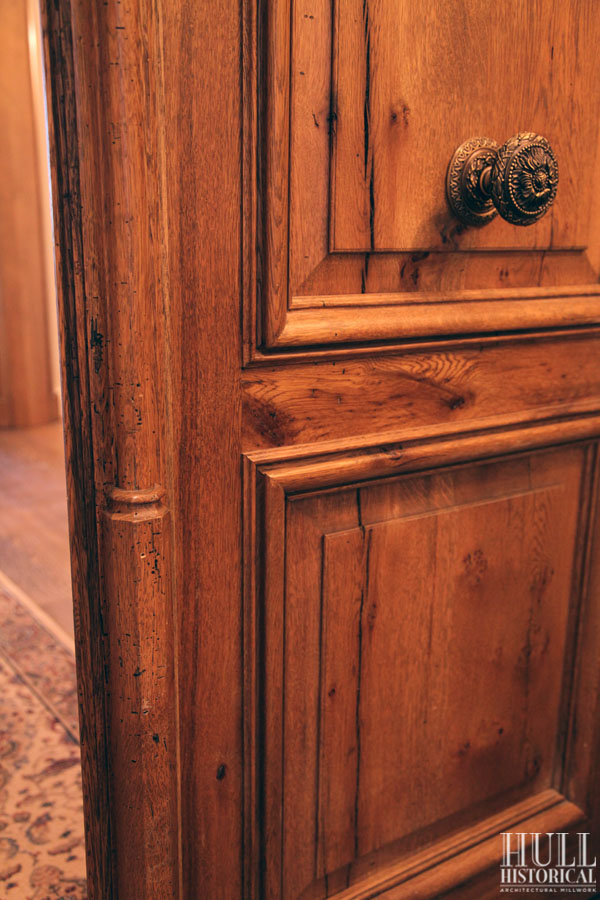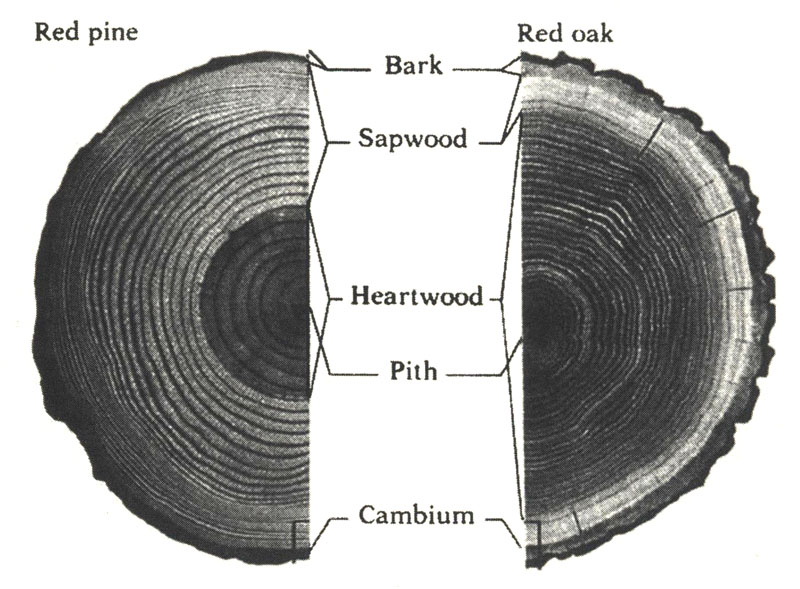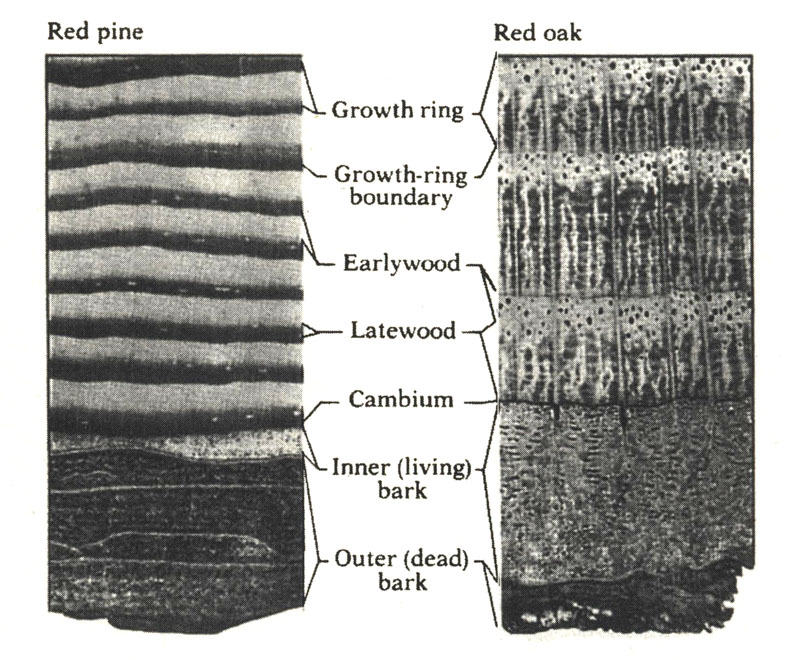Choosing the Right Cut of Wood for Your Project
Choosing the Right Cut of Wood for Your Project

If you are getting ready, or are already in the process of crafting a project out of wood, it is important to understand the basic differences in the cuts of wood available.
Why is this important? The type of wood you use will determine the finished look, stability and life span of your project.
There are reasons that some woods are more expensive, harder to find, and better quality than others, and you need to know which types of wood are best fit for your project.
.
.
.
.
.
Hardwoods v. Softwoods
- Hardwood: comes from broad-leafed trees that lose their leaves in the winter, also called deciduous trees. Examples of hardwoods include oak, cherry, maple and walnut trees.
- Softwood: comes from coniferous trees that don’t lose their leaves, also called evergreens. Softwoods include pine, cypress and fir. Hardwoods are generally harder, or more dense than softwoods, but there are exceptions.
Parts of a Tree
- Cambium: the living part of the tree just under the bark.
- Sapwood: between the cambium and heartwood, which has living cells but is not actively growing.
- Heartwood: the inner part of the tree, which is actually dead wood filled with deposits and minerals. Since there are no living cells in heartwood, it will hold up better when exposed to rain, rot, insects and disease.
The heartwood is darker in color than the sapwood and cambium, and is generally the hardest, most beautiful, longest-lasting part of a tree.

Growth Rings
The heartwood and sapwood are made up of growth rings, which represent the spring and summer growth of a tree. In many species of wood, the lighter ring represents the growth in the spring (faster growth) and the darker ring represents growth in the summer (slower growth).

The growth rings make up the patterns in the wood that many people love, so knowing what the growth rings look like in certain kinds of wood is important to the appearance of the finished product. If your final project will be painted, you don’t need to worry about the appearance of growth rings.
Types of Wood Cuts
Wood cuts specify the way the grain is oriented on the face of the board. There are generally 3 types of wood cuts:
- Plain sawn: the board’s end grain is parallel or ranges from parallel to the face of the board to a 30 degree angle.
- Rift sawn: the end grain is oriented 30-60 degrees to the face of the board.
- Quarter sawn: the end grain is oriented 60-90 degrees to the face of the board.
The drawing below shows the 3 cuts and how the end grain varies in each type. Both rift and quarter sawn cuts are more expensive than plain sawn boards because more waste occurs in orienting the log to make these more costly cuts.

The type of cut used can make a big difference in some woods, as it can result in beautiful patterns or pleasing effects that enhance the beauty of the wood. The type of cut can also determine the stability of the lumber.
Remember, historic millwork lasts as long as it does largely because of the quality of the wood. Know which type and cut of wood are right for your project, and you will see better results.
Photos and information from Historic Millwork: A Guide to Restoring and Re-creating Doors, Windows, and Moldings of the Late Nineteenth through Mid-Twentieth Centuries by Brent Hull. Available for purchase here.

